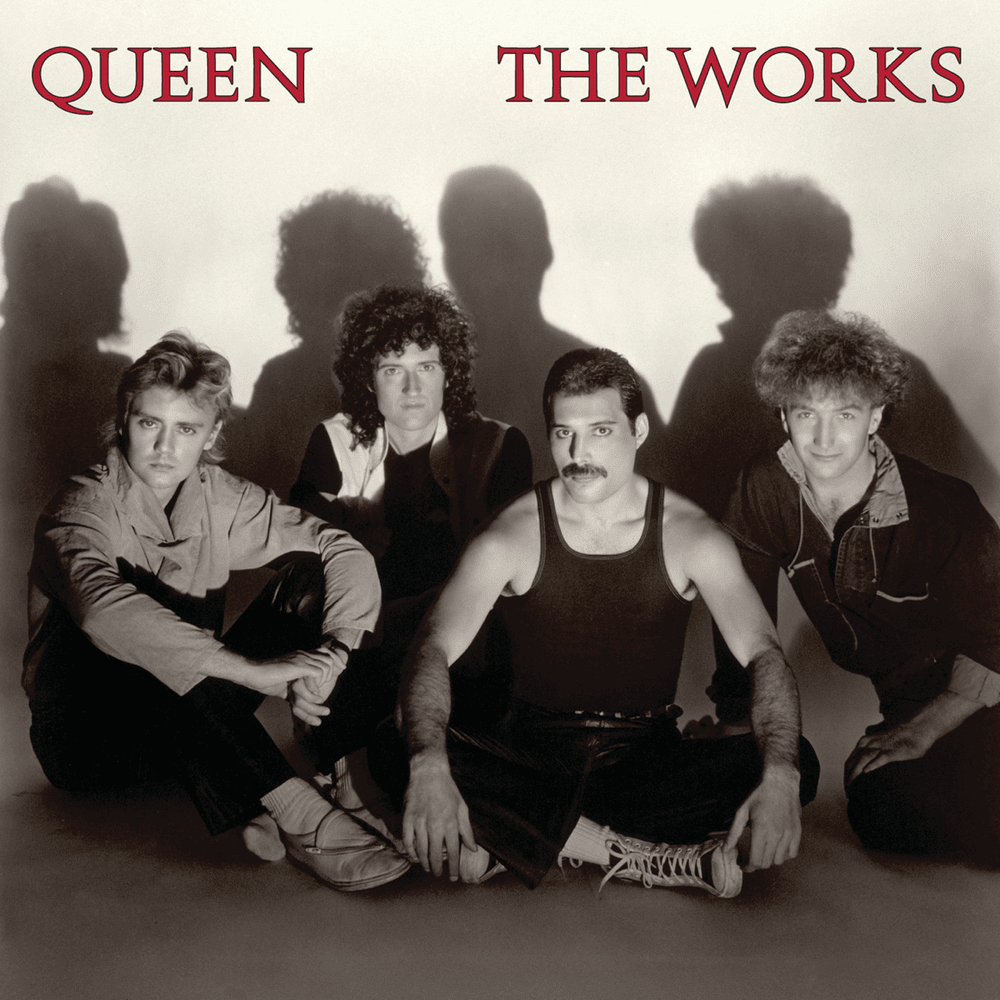A thunderous return to hard rock roots on Queen's 1984 album The Works, "Hammer to Fall" is Brian May's riff-fueled meditation on life's inexorable march toward death, where the titular "hammer" symbolizes the Grim Reaper's impartial strike—rich or poor, famous or forgotten. Penned amid Cold War anxieties, its lyrics evoke nuclear shadows ("in the shadow of the mushroom cloud") and generational frustration ("what the hell we fighting for?"), yet May clarifies it's ultimately about embracing mortality's universality while defying it with rock's roar. With Freddie Mercury's powerhouse vocals exploding over May's angular guitars and Roger Taylor's relentless drums, the track—performed as the third song at Live Aid—transforms dread into defiant energy, urging us to "scream it louder" until the hammer drops, proving Queen's mastery in turning existential weight into stadium-shaking catharsis.
The Works - Hammer to Fall

#
Lyric line
Interpretation & Notes
Intro / Verse 1 — Mortality & inevitability 0:00–0:40
1
Here we stand or here we fall
Binary framing: whatever we choose, history is indifferent.
2
History won't care at all
Fatalistic shrug at legacy—time erases most of us.
3
Make the bed, light the light
Domestic ritual vs. looming doom—ordinary life continues.
4
Lady Mercy won't be home tonight, yeah
No divine rescue—face reality without illusions.
Verse 2 / Hook seed — The call comes for all 0:40–1:05
5
You don't waste no time at all
Life barrels forward; no pause button.
6
Don't hear the bell, but you answer the call
We act on instincts—even without clear warnings.
7
It comes to you as to us all (oh)
Universal fate—no exemptions.
8
We're just waiting for the hammer to fall, yeah
Refrain image: the “hammer” as death, judgement, or consequence.
Verse 3 — Entropy & denial 1:05–1:35
9
Oh, every night and every day
Constant drip of time.
10
A little piece of you is falling away
Aging as slow erosion.
11
But lift your face the western way
Stoic bravado—keep a stiff upper lip.
12
Build your muscles as your body decays, yeah
Irony: chasing strength while mortality advances.
Pre-chorus — Compliance & sedation 1:35–1:55
13
Toe your line and play their game, yeah
Social conformity as survival strategy.
14
Let the anaesthetic cover it all
Distractions numb existential dread.
15
'Til one day they call your name
The summons arrives—no more numbing.
16
You know it's time for the hammer to fall
Moment of reckoning—inescapable.
Verse 4 — Egalitarian fate 1:55–2:25
17
Rich or poor or famous
Mortality is class-blind.
18
For your truth it's all the same (oh no, oh no)
Status doesn’t shield you from the end.
19
Lock your door, the rain is pouring
Storm imagery—fear offers no protection.
20
Through your window pane (oh, no), yeah
The world seeps in despite barriers.
21
Baby, now your struggle's all in vain
Resistance can feel futile against time.
Bridge — Cold-War dread & defiance 2:25–3:05
22
For we who grew up tall and proud
Self-image of strength.
23
In the shadow of the mushroom cloud
Nuclear age anxiety frames the song’s worldview.
24
Convinced our voices can't be heard
Alienation—powerlessness amid global stakes.
25
We just wanna scream it louder and louder and louder
Raw catharsis—rock as release valve.
Chorus / Break — Fatalism vs. pragmatism 3:05–3:35
26
What the hell we fighting for?
Questions the cost of endless struggle.
27
Just surrender and it won't hurt at all
Bitter, possibly ironic “solution.”
28
Just got time to say your prayers
Last-minute grasp at meaning.
29
While you're waiting for the hammer, to hammer to fall
The hook returns—inevitability underscored.
Outro / Ad-libs — Triumph in the face of doom 3:35–4:28
30
Hey, it's — It's gonna fall
Matter-of-fact acceptance.
31
Hammer, you know — Yeah, hammer to fall
Title punch—stadium-ready chant.
32
Woo! Yeah, yeah — Woo-woo!
Call-and-response energy of live Queen.
33
While you're waiting for the hammer to fall (Baby, yeah)
Refrain reframed as communal shout.
34
While you're waiting for the hammer to fall
Cycles back to theme: live fully despite the countdown.
35
Give it to me one more time
Final burst—rock catharsis over answers.
Reading guide: Written by Brian May for Queen’s The Works (1984), Hammer to Fall fuses Cold-War nuclear anxiety with personal mortality. The “hammer” symbolizes inevitable reckoning—death, consequence, or history’s judgement. The lyric balances stoic defiance (“lift your face the western way”) with social critique (conformity, anaesthetics). It’s a rallying riff-rocker: accept impermanence, live loud, and meet the hammer head-on.
Hammer to Fall — Tech Specs
Album
The Works (1984)
Released
10 September 1984 (single, UK)
Recorded
1983–1984, Musicland Studios (Munich)
Genre
Hard rock / Arena rock
Length
4:28 (album) / 3:40 (single edit)
Producer(s)
Queen & Reinhold Mack
Composer
Brian May (credited to Queen)
Band Line-up
Freddie Mercury – lead vocals
Brian May – electric guitars, backing vocals
Roger Taylor – drums, backing vocals
John Deacon – bass guitar
Brian May – electric guitars, backing vocals
Roger Taylor – drums, backing vocals
John Deacon – bass guitar
Technical Personnel
Reinhold Mack – producer, engineer
Notable Features
A heavy guitar-driven anthem written by Brian May, often interpreted as an anti-nuclear war song and reflection on mortality.
Released as the fourth single from The Works ; reached #13 in the UK Singles Chart.
Frequently performed live — most famously at Live Aid (1985), where it became one of Queen’s most powerful moments.
Features May’s signature guitar riffs and a straightforward, pounding rock arrangement.
Later versions (like with the Brian May Band) highlighted its status as a classic Queen hard rock track.
Released as the fourth single from The Works ; reached #13 in the UK Singles Chart.
Frequently performed live — most famously at Live Aid (1985), where it became one of Queen’s most powerful moments.
Features May’s signature guitar riffs and a straightforward, pounding rock arrangement.
Later versions (like with the Brian May Band) highlighted its status as a classic Queen hard rock track.